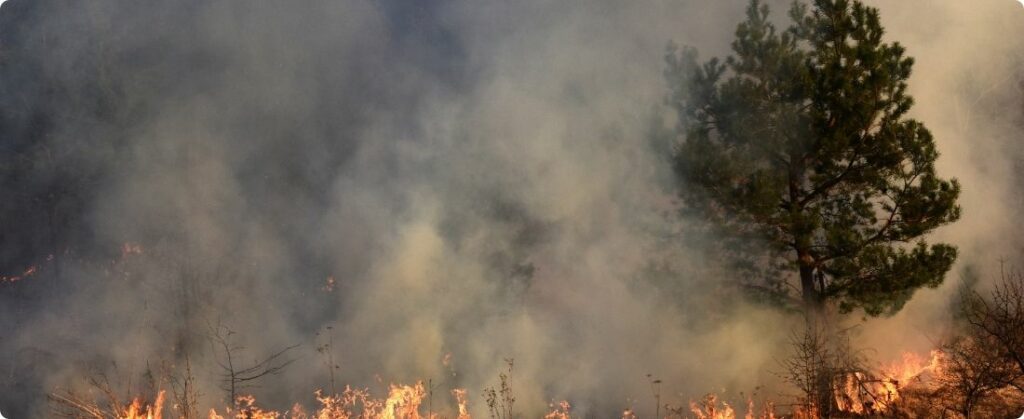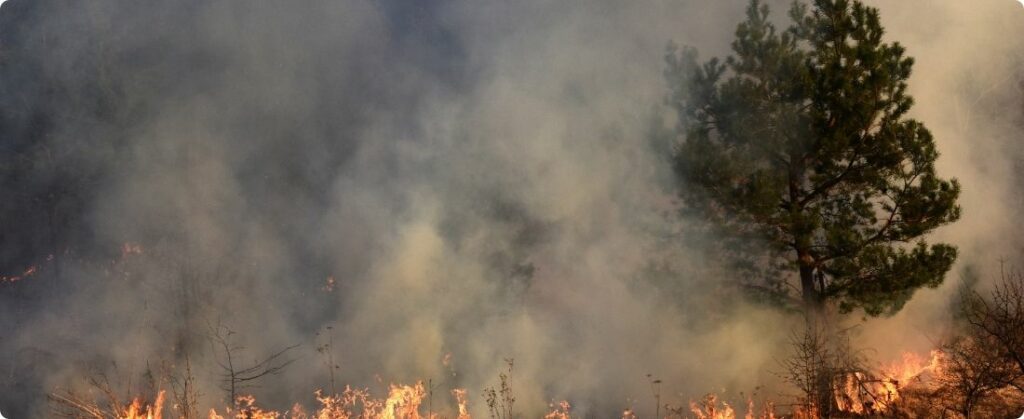
According to meteorologist Gabriel Rodrigues, from Portal Agrolink, Brazil continues to be dominated by a mass of hot and dry air, which extends across much of the country, including in regions in the South. This scenario of high temperatures directly contributes to the increase in fire outbreaks. fire and the worsening of fires, seriously affecting air quality and covering vast areas of the continent with smoke.
This year is considered atypical in terms of fires, especially due to the combination of a more severe dry season and temperatures above the historical average. These factors are responsible for the rapid expansion of fire outbreaks. However, as Rodrigues points out, the origin of the fires depends on an initial spark, which can be of human or natural origin.
Alarming scenario in the most affected regions
Since the beginning of 2024, Brazil has already registered more than 159,411 fire outbreaks, an increase of 104% compared to the same period last year, when there was a decrease of 29% compared to 2022. The most affected state is Mato Grosso, with 34,356 outbreaks, a number 201% higher than the previous year. This is followed by Pará, with 27,192 outbreaks (an increase of 121%), and Amazonas, with 17,181 outbreaks (an increase of 53%).
Furthermore, the state with the highest percentage increase in fires is Mato Grosso do Sul, which registered an alarming growth of 646% compared to the same period in 2023. These fires are generating a vast smokescreen that stretches from the Amazon to central Argentina, driven by low-level winds that transport the smoke over great continental distances.
In addition to Brazil, other countries in South America are also facing a forest fire crisis. Bolivia recorded an increase of 3,53% in fire outbreaks, totaling 58,107 cases, the highest number since 2001. However, Paraguay, in turn, saw an increase of 72% in forest fires.
Climate forecast and impact on the agricultural market
In the medium term, there is no immediate forecast of relief. Weather conditions are expected to continue with extreme heat, low humidity and no consistent signs of rain. However, precipitation is still forecast for the last week of September. Rain is expected to hit mainly the south of Mato Grosso do Sul and Goiás from the 20th onwards.
Furthermore, the rains could represent a relief both for the scenario of fires and for the risk of delay in soybean planting. However, Gabriel Rodrigues points out that the reliability of this forecast decreases as the date approaches.
Source: Aline Merladete | agrolink
















